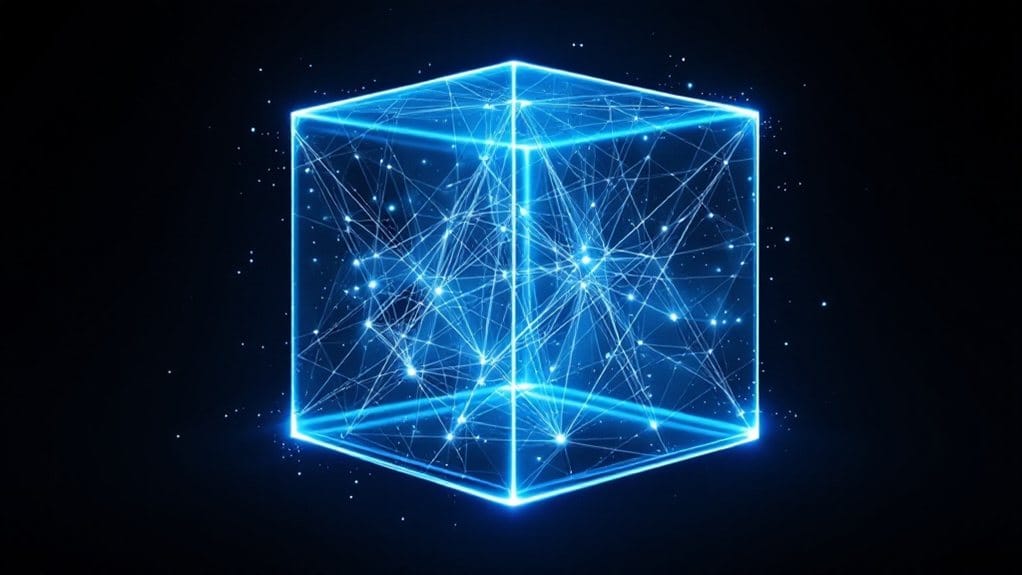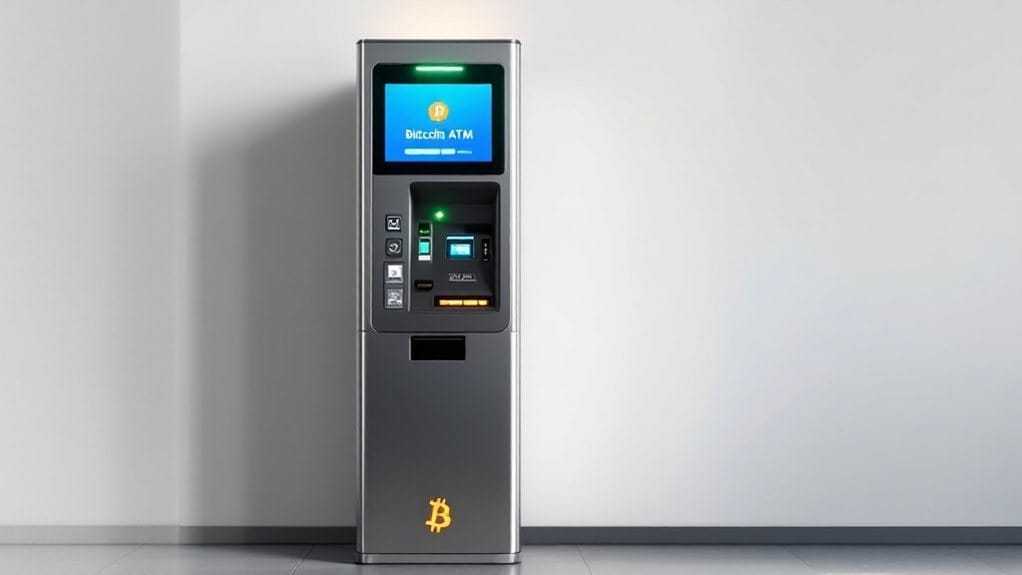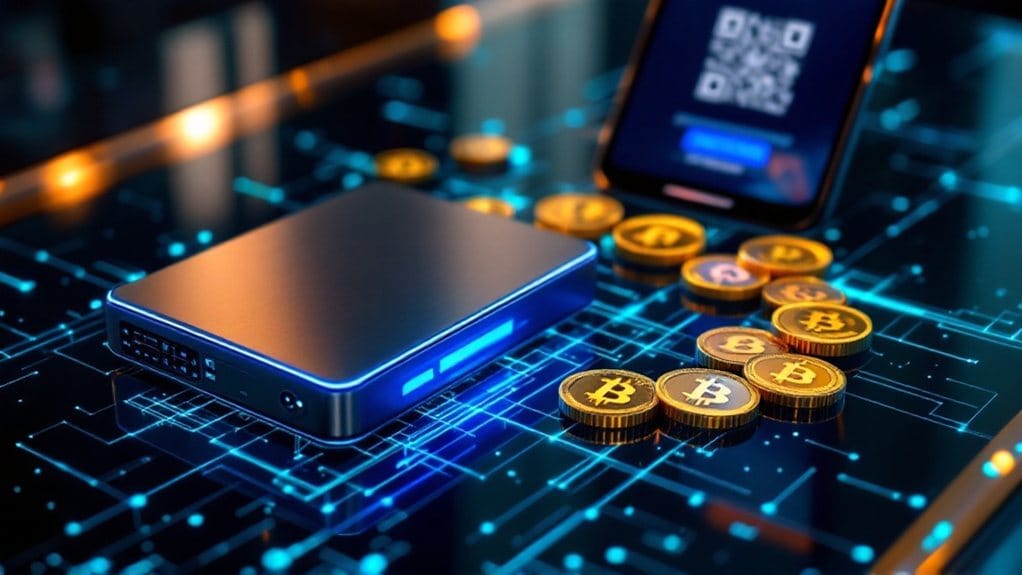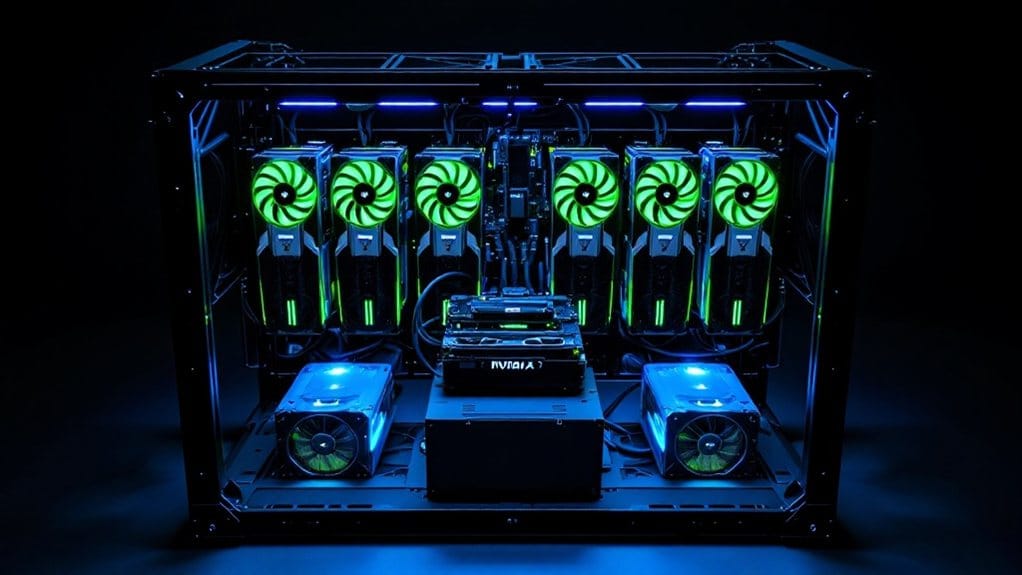Reading smart contract data involves accessing and interpreting blockchain-based agreements through specialized tools like Ethers.js and Web3.js. The process begins with locating the contract address and Application Binary Interface (ABI), followed by analyzing storage slots and data structures within the Ethereum Virtual Machine. Block explorers such as Etherscan provide crucial insights into contract details and transaction histories. Understanding these foundational elements opens the door to advanced contract engagement techniques.

As blockchain technology continues to transform digital transactions, understanding how to read smart contract data has become increasingly fundamental for developers, investors, and blockchain enthusiasts alike. Smart contracts, which function as self-executing digital agreements coded on blockchains, automate transactions when predetermined conditions are met, operating within a decentralized and secure environment without intermediaries. Regular data extraction monitoring helps maintain optimal contract performance and identify potential issues early. These contracts are cryptographically secure to prevent tampering and unauthorized modifications.
The process of reading smart contract data begins with locating the contract address and ABI, which serve as significant components for accessing and interpreting the stored information. Through tools like Ethers.js, Web3.js, and block explorers such as Etherscan, users can examine contract details, transaction histories, and storage mechanisms. The Ethereum Virtual Machine executes and validates all smart contract operations across the network. The data extraction process involves analyzing storage slots, particularly critical when dealing with complex data types like arrays and mappings.
Blockchain platforms like Ethereum, where smart contracts are commonly developed using Solidity, have transformed several sectors including DeFi, NFTs, and supply chain management. Understanding contract data proves indispensable for risk reduction and informed decision-making, as it enables users to verify contract legitimacy and identify potential vulnerabilities or scams through code inspection.
Despite the apparent benefits, reading smart contract data presents several challenges. The complexity of data structures requires detailed analysis, while unverified code can complicate interpretation. Technical challenges arise when handling large volumes of data, and different blockchain platforms may necessitate unique tools and methodologies for effective data extraction.
The practical applications of smart contract data reading extend beyond cryptocurrency transactions. In healthcare, smart contracts secure patient records with advanced privacy controls, while in supply chain management, they automate tracking and inventory processes. Financial services benefit from streamlined transactions, and voting systems gain improved transparency through blockchain implementation.
As the technology continues to evolve, the ability to read and interpret smart contract data becomes increasingly significant for ensuring transparency, security, and efficiency in blockchain-based operations.
FAQs
What Programming Languages Are Commonly Used to Interact With Smart Contracts?
Several programming languages are commonly employed to interact with smart contracts:
- JavaScript/TypeScript with Web3.js and Ethers.js libraries for Ethereum-based contracts
- Python with Web3.py for blockchain integration
- Rust for Solana and Polkadot development
- Java through Web3j library
- Go using Go-Ethereum (Geth)
These languages utilize specialized libraries and SDKs to communicate with blockchain networks, execute contract functions, and process transaction data.
How Can I Monitor Real-Time Changes in Smart Contract Data?
Real-time smart contract monitoring can be achieved through specialized tools that track on-chain events and data changes.
Users can implement blockchain analyzers to observe transaction histories and contract interactions, while setting up webhooks enables automated notifications for specific events.
Furthermore, platforms offering granular monitoring capabilities can detect anomalies, track liquidity changes, and provide analytics across multiple blockchain networks through customizable filters and real-time alerts.
What Tools Are Needed to Debug Smart Contract Data Readings?
Several crucial debugging tools are necessary for analyzing smart contract data readings effectively.
Tenderly provides thorough transaction tracing and variable inspection capabilities, while Ethdbg offers command-line debugging for detailed execution analysis.
For gas optimization, Sol-profiler helps track performance metrics, and blockchain analyzers like Etherscan and Arbiscan enable transaction verification and VMTrace functionality for network-specific debugging requirements.
Can Smart Contracts Store and Process Images or Large Media Files?
Smart contracts are not ideal for storing large media files or images directly due to blockchain storage limitations and high gas costs.
Instead, developers typically utilize decentralized storage solutions like IPFS, where images are stored off-chain with their corresponding hashes recorded in smart contracts.
This hybrid approach enables efficient media file management while maintaining blockchain benefits like transparency, immutability, and secure access control through smart contract functionality.
How Do Gas Fees Affect Reading Data From Smart Contracts?
Reading data from smart contracts does not incur gas fees since these operations are classified as "calls" rather than transactions.
While writing data to the blockchain requires computational resources and consequently incurs gas fees, reading operations can be performed freely through nodes or block explorers.
This distinction makes data retrieval cost-effective, allowing users to freely monitor contract states without financial burden, regardless of network congestion levels.









